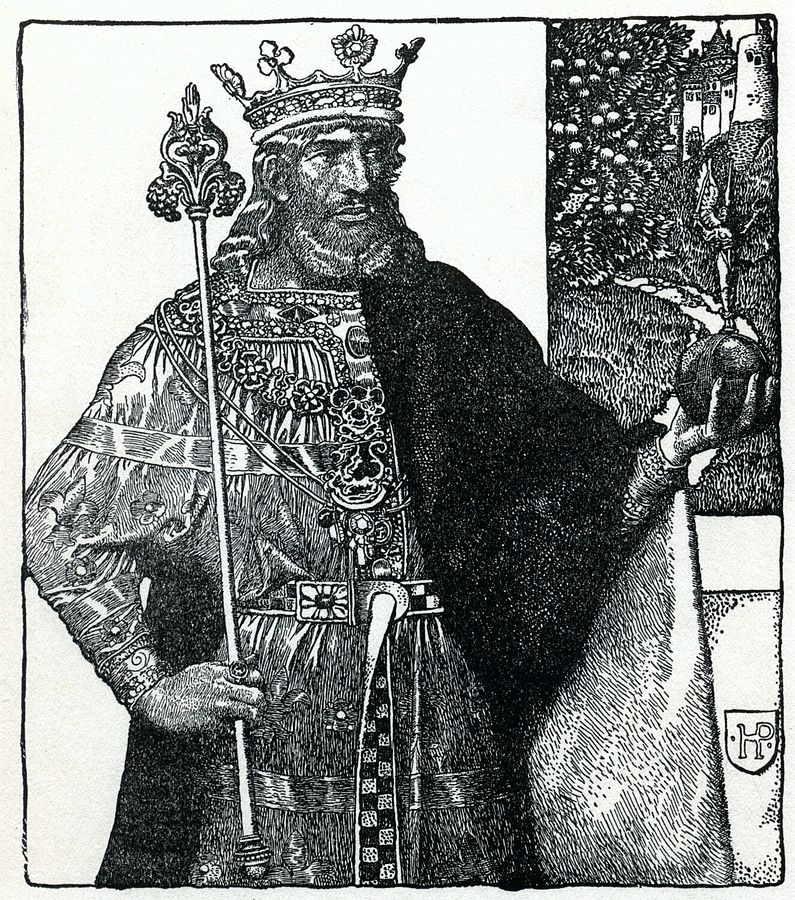The Death of Arthur’s Soul – Tennyson’s The Last Tournament
By Dan Cano.

The story of King Arthur at a casual glance is often misinformed on all sides. His tale is about his noble status and moral nature as the one true king who comes to mind immediately. But there is a tragic nature to what King Arthur, as a character, is made to represent. A leader with pure ambition brought down by the corruption around him. Brought so low that the weight of reality thrown upon him shattered his very soul.
The dream of King Arthur was to usher in a great age to unite the people. But only one person can’t make this dream flourish. Alfred Lord Tennyson in Idylls of the King reimagines stories of old to highlight the downfall of Camelot and the death of the true king.
At every turn, the oaths of his knights are broken by their lusting for power. Status drives them to fight against each other, honor among brothers forgotten to make room for power and glory. Once that power is attained, abuses spring forth against the people they were sworn to protect and uphold. Treachery and betrayal against one another and towards the people they were meant to protect. Lancelot and Guinevere have an affair, and Gawain mistreats Pelleas to sleep with the woman he loves.
The culmination of all the corruption is put on full display during the Tournament of the Dead Innocence. The intention of the tournament was to honor the death of a strange infant found in a stump. The infant was found by King Arthur and Sir Lancelot and taken care of by Queen Guinevere. However, the name takes on a new meaning as King Arthur is called to wage war against the Red Knight, leaving Sir Lancelot to take care of the festival. Customs are ignored, the rules broken, and at the end as Sir Tristam wins the tournament is met with scorn by Sir Lancelot for the rumors of an affair with Queen Isolt. In an aggravated response, Tristam refuses to name any of the attending women as the loveliest woman as his greatest slight to all of them. Who could imagine how the tournament would have gone if King Arthur had been there to direct it.
But Tennyson doesn’t stop there. Far from Camelot, the war King Arthur was meant to herald has turned into a demonstration of excessive violence as the young knights he brought with him were all too eager to kill. The hanging of an unnamed knight brought out the worst of King Arthur’s soldiers, who razed the land and tower of their enemy. Called out by the Red Knight for the hypocrisy of his rule, falls down from his horse unable to fight, and is promptly beaten to death by King Arthur’s knights.
The end of an era no longer fit to live is how Tennyson brings the fall of Camelot to the viewer. Instance after instance where chivalry and honorable code were besmirched by the very people meant to uphold it eventually wore down King Arthur. It wore him down to a point where the only thing commanding his heart was pain.





